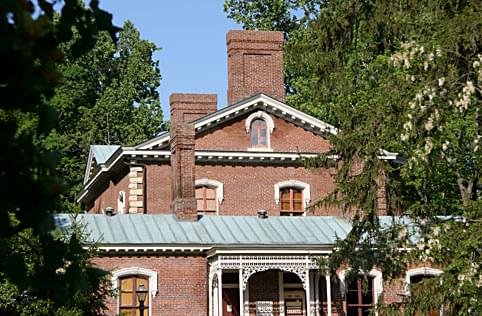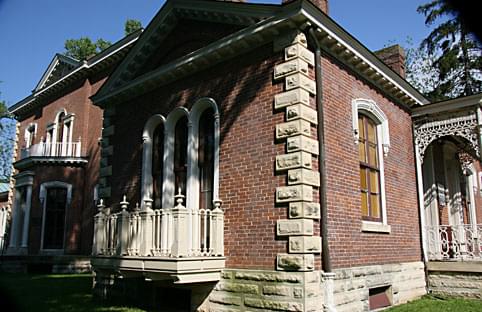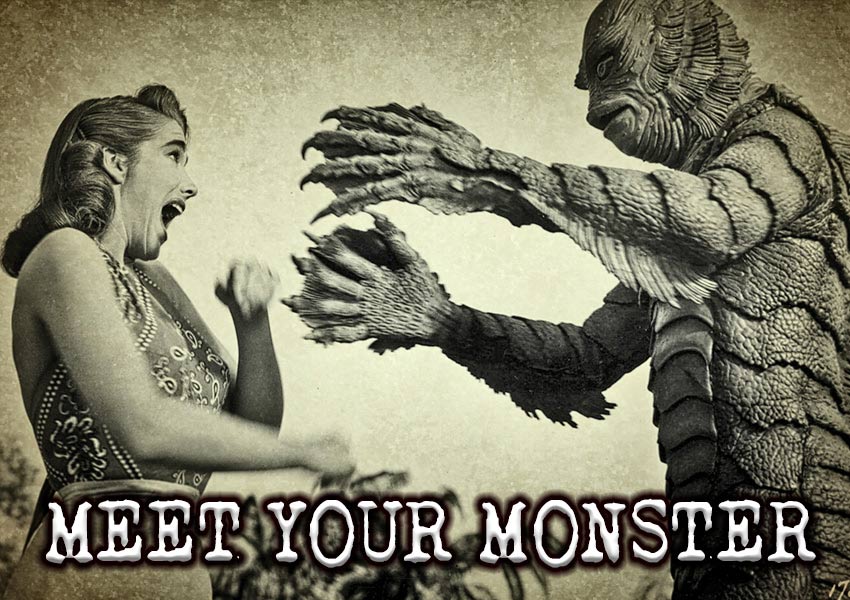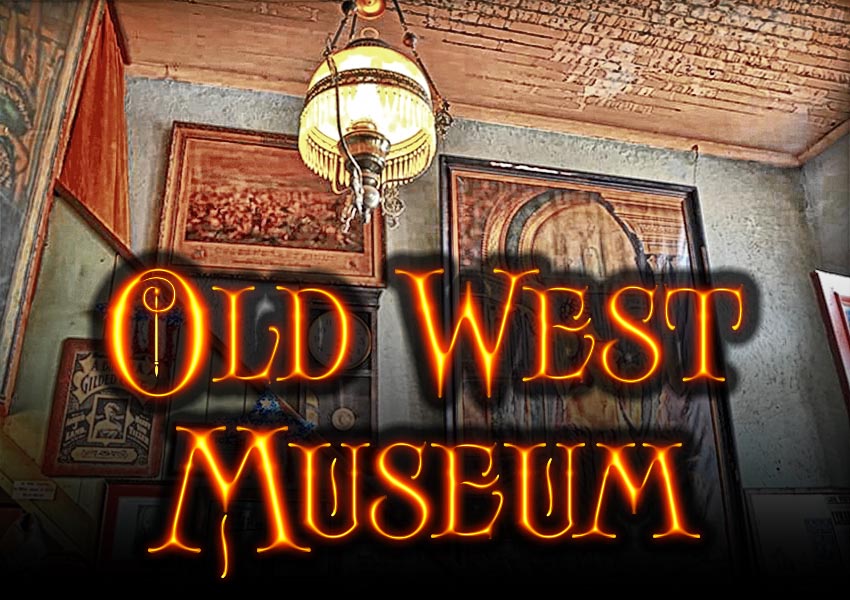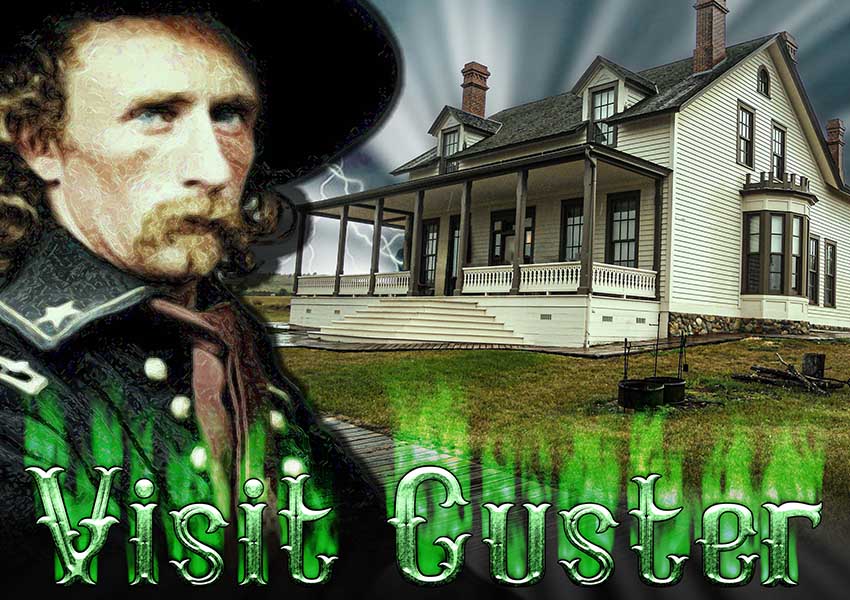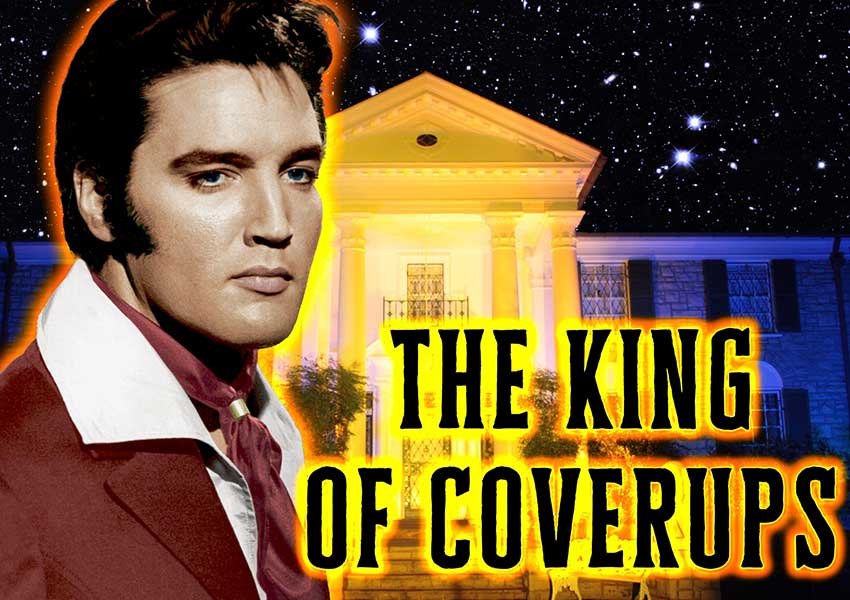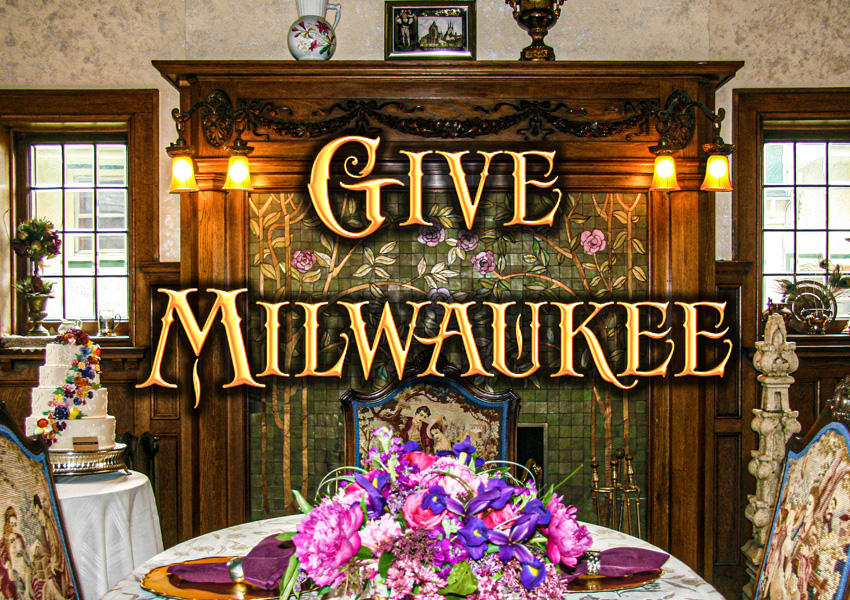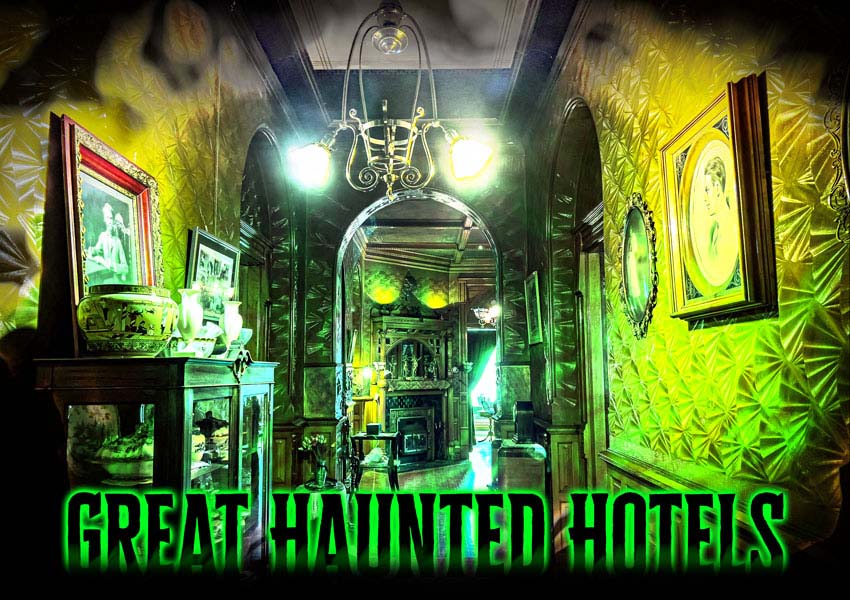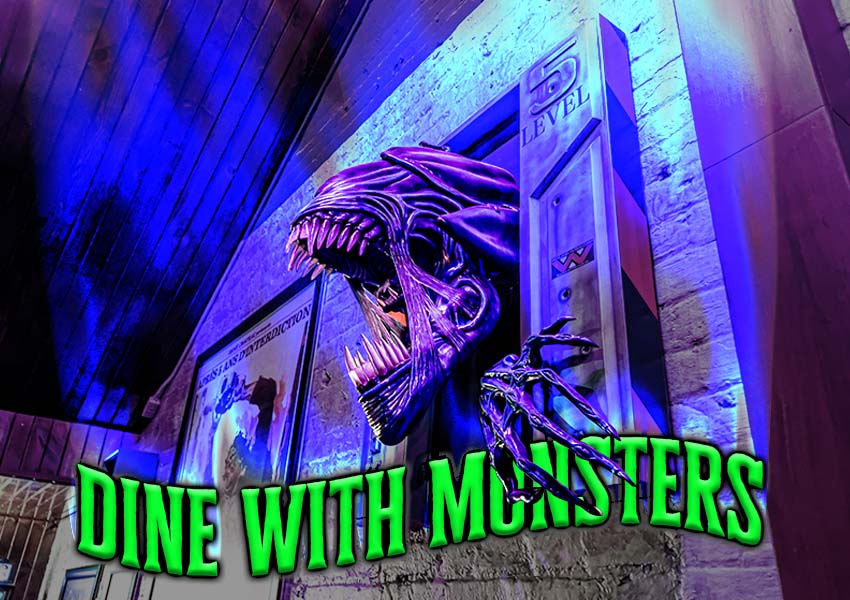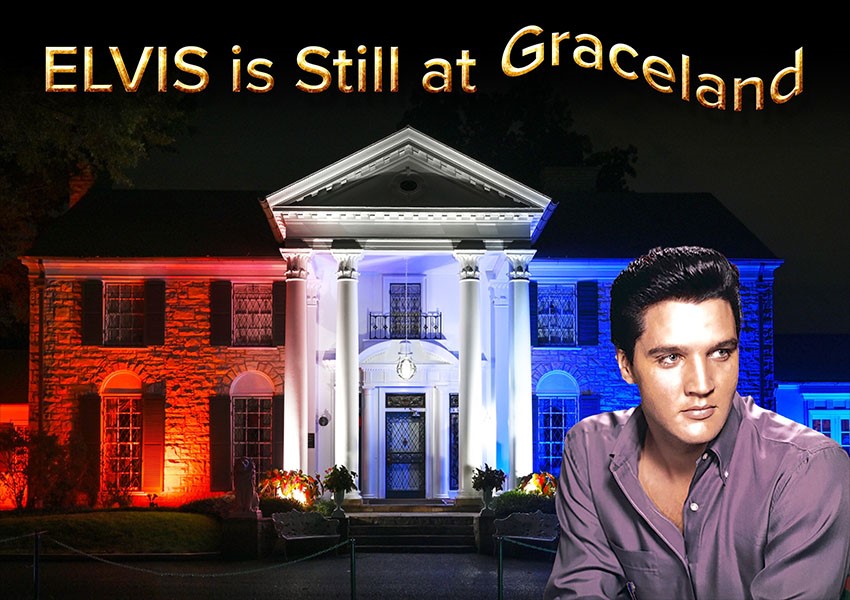Lexington Kentucky
Ashland House
Restless from life’s disappointments, the former master still finds refuge here.
DESCRIPTION & HISTORY
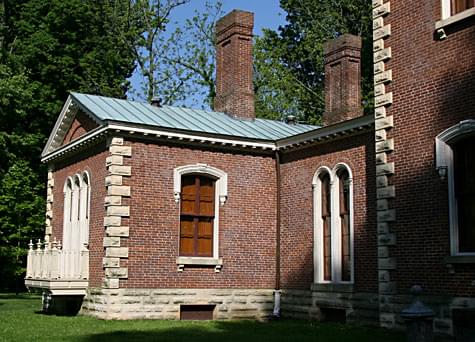 However, the road puzzles are well worth mastering, because this 1857 Italianate style house and its 20 acres of gardens are well worth the trip. In 1804, statesman Henry Clay began the process of buying his 600 acre Bluegrass farm estate by buying his first 125 acres, a year after he was elected to the state legislature. The center section of his original house was built. The two wings, designed by Benjamin Latrobe, were added in 1813-15, after being not only a member of the United States House of Representatives, Speaker of the House, a Law Professor at Transylvania University, but also being elected to the Senate.
However, the road puzzles are well worth mastering, because this 1857 Italianate style house and its 20 acres of gardens are well worth the trip. In 1804, statesman Henry Clay began the process of buying his 600 acre Bluegrass farm estate by buying his first 125 acres, a year after he was elected to the state legislature. The center section of his original house was built. The two wings, designed by Benjamin Latrobe, were added in 1813-15, after being not only a member of the United States House of Representatives, Speaker of the House, a Law Professor at Transylvania University, but also being elected to the Senate.
While Henry Clay led a distinguished career as a politician, achieving a lot over his public service years, he also accomplished a lot in his cattle and horse breeding efforts, on his 600 acre farm.
When statesman Henry Clay died in 1852, his son, James inherited Ashland. In 1857, James tore down the original house, which was a fixer upper by this time, with a damaged foundation. James fixed the foundation, and rebuilt the current home seen today on the same foundation of the original house, on a grander scale, but with the same floor plans. Later, in the 1880s, the interior was remodeled in the Victorian style, by one of Henry Clay’s granddaughters, Anne Clay McDowell.
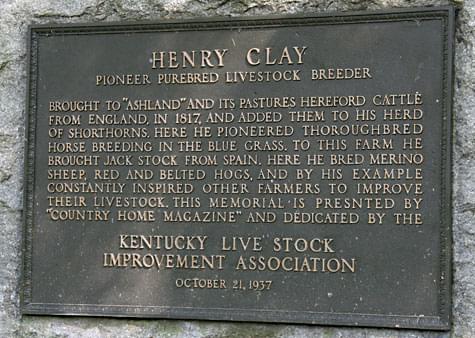 James had an Eastlake-style staircase built, a popular style found in many Victorian homes. In the entry way, one sees ash woodwork, Pompeiian red walls and the gilt cornice and medallion decor. James added marble fireplaces, and other beautiful additions. The Library is truly beautiful, with its octagonal shape and vaulted, domed ceiling. James replicated the original plans of Benjamin Latrobe for Ashland; most notably the library, but also the two wings of the house, including this domed library.
James had an Eastlake-style staircase built, a popular style found in many Victorian homes. In the entry way, one sees ash woodwork, Pompeiian red walls and the gilt cornice and medallion decor. James added marble fireplaces, and other beautiful additions. The Library is truly beautiful, with its octagonal shape and vaulted, domed ceiling. James replicated the original plans of Benjamin Latrobe for Ashland; most notably the library, but also the two wings of the house, including this domed library.
Various members of the Henry Clay descendants lived at Ashland, except for the periods during and after the Civil War, when James and family moved to Canada, because of their sympathies toward the rebels. In 1866, two years after James died in Canada, his wife sold Ashland and its 324 acres to a safe guardian of the estate, Kentucky University. From 1866-1878, The regent of Kentucky University and his family lived in the mansion.
In 1878, Ashland was sold back to the descendants of Henry Clay Jr., another son of Henry Clay, which guaranteed that the mansion would be well cared for, and modernized. Henry Clay Jr’s daughter, Anne Clay McDowell, kept Ashland in the family until 1948, when Ann’s daughter, Nannette, died. In her will, she left Ashland and its remaining 20 acres to the Henry Clay Memorial Foundation, to be used as a historical house museum.
Today the main mansion of Ashland, the original outbuildings, and a formal garden sit on a 20 acre estate. Ashland is now a museum, open to the public, and is maintained by an organization that Henry Clay would approve of, Henry Clay Memorial Foundation, who plan many different activities at Ashland as well.
HISTORY OF MANIFESTATIONS
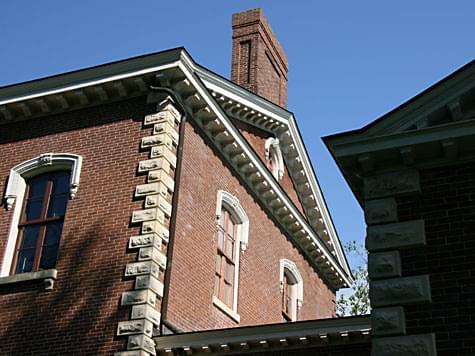 Henry Clay wanted to be President of the United States so much that he could taste it. He ran three times: in 1824, 1832 and 1844. In his 1844 bid for the Presidency he was bitterly disappointed, when he narrowly lost. The southern states went with his opponent when Clay wouldn’t back the annexation of Texas into the union.
Henry Clay wanted to be President of the United States so much that he could taste it. He ran three times: in 1824, 1832 and 1844. In his 1844 bid for the Presidency he was bitterly disappointed, when he narrowly lost. The southern states went with his opponent when Clay wouldn’t back the annexation of Texas into the union.
Henry Clay loved Ashland, and found it a refuge to putter around, walk through his grounds and garden, work on his farming interests, and to write his political speeches and important documents. Today, the red parlor, which is on the left side of the entryway of the mansion, is now called his study, where his important artifacts which point to his many successes in politics and in farming are on display to the public.
MANIFESTATIONS
STILL HAUNTED?
Seems to be.
Ashland was a source of peace and refuge when Henry was alive. Perhaps he can’t quite let go of his disappointments, and still feels the need to stay in a place that always comforted him.
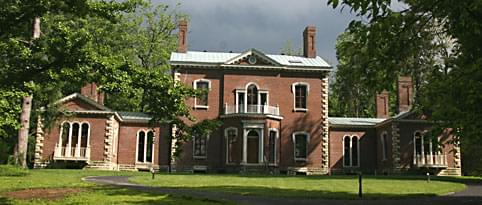
LOCATION
120 Sycamore Road
Lexington, Kentucky 40502
(859) 266-8581
The good news for the out of town traveler: The Ashland House: The Henry Clay Estate can be found east of downtown, not far from the Idle Golf Course, off of Richmond Road, that can be accessed from New Circle Drive which runs in a circle around Lexington.
BUT YOU NEED A GOOD MAP, especially if you plan to come east from downtown. Right before turning into East Main Street, Richmond Road, which was a two way highway, turns into a one way road heading west into town. Ashland House is east of downtown, before Richmond Road turns into a one way street.
YIKES! Yep. It’s another one way road Rubiks cube which the out of town traveler must figure out.
Our Haunted Paranormal Stories are Written by Julie Carr
Our Photos are copyrighted by Tom Carr
Visit the memorable… Milwaukee Haunted Hotel
SOURCES INCLUDE
- HAUNTED PLACES: The National Directory
by Dennis William Hauk
pg. 190
Penguin Books
2002 - Ashland House Web Site
- Ashland House page at National Registry of Historic Places
Our Haunted Paranormal Stories are Written by Julie Carr
